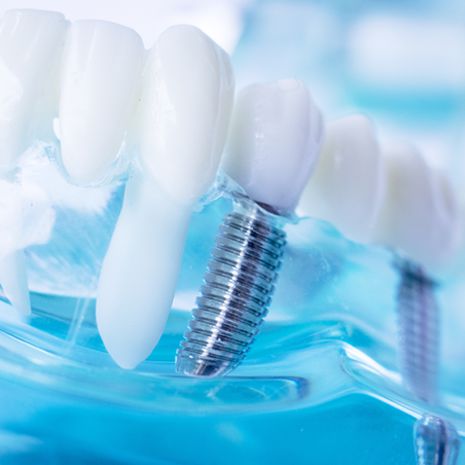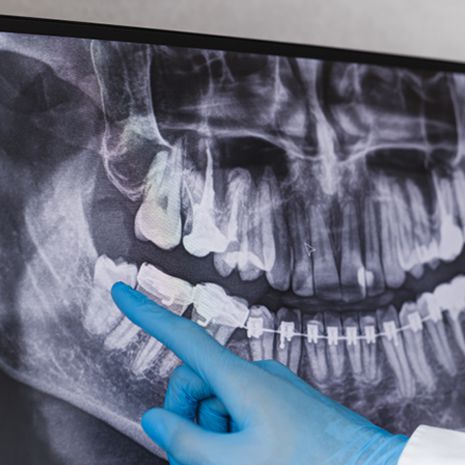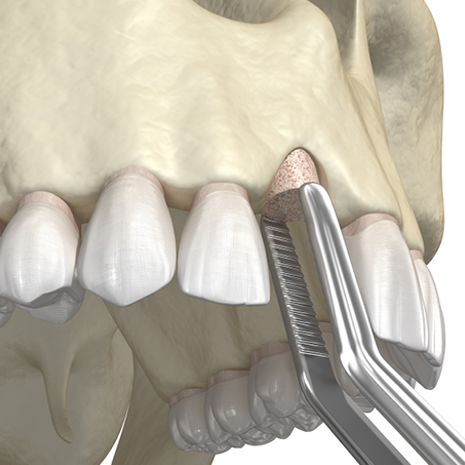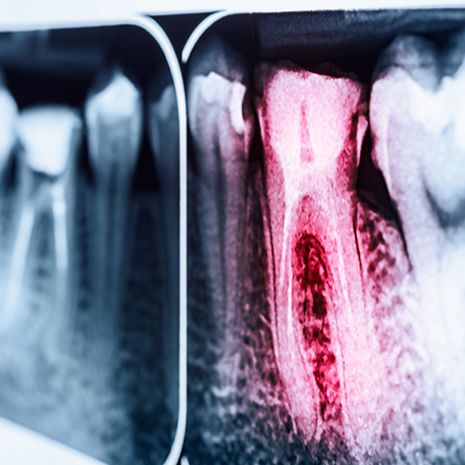Surgery
Contact UsDental implants
When a patient is missing one or more teeth, dental implants are often recommended to prevent bone atrophy and tooth migration. A dental implant is a titanium screw that your dentist inserts into the jawbone to replace missing teeth. This solution will allow you to regain full chewing function.


Wisdom teeth
If there isn't enough space in your mouth, wisdom teeth can become partially or completely impacted. This can cause all kinds of problems. Your dentist may choose to monitor your wisdom teeth or recommend removing them.
Bone grafts
Bone grafting is used to add bone to areas of your jaw where there isn't enough bone. This procedure is recommended for patients who don't have sufficient bone mass.


Sinus lifts
Some people don't have enough jawbone mass to support dental implants. If this is the case, your dentist may recommend a sinus lift.
The procedure involves lifting the sinus and then grafting bone onto the part of your upper jaw where the bone has thinned. A few months after the graft, you'll be ready to have a dental implant installed.
Apicoectomy
Root canal treatment sometimes fail and the infection affecting the root of the tooth persists. If this happens, your dentist can perform an apicoectomy to save the problematic tooth. The root tip and infected tissue is removed. A sealant is used to seal the end of the root.


Biopsy
A biopsy is a minor procedure that involves removing a sample of tissue from your mouth. It can be used for screening purposes or to diagnose certain diseases, including mouth cancer. The sample is then sent for analysis.
Exploratory surgery
Sometimes it's hard to know what's causing an oral health problem, even if you take x-rays. Exploratory surgery allows your dentist to look below the gumline in order to make an accurate diagnosis and determine the best course of treatment.

